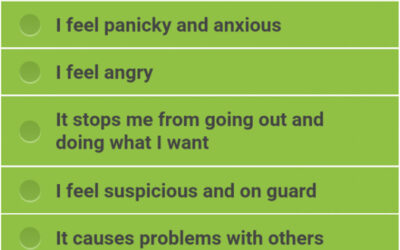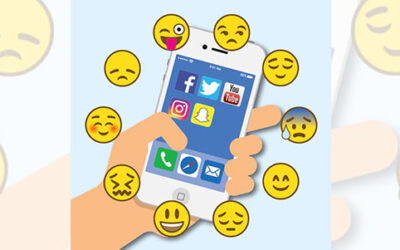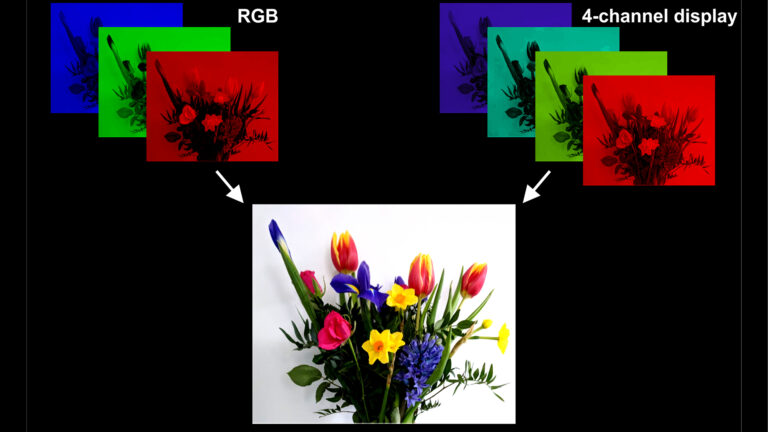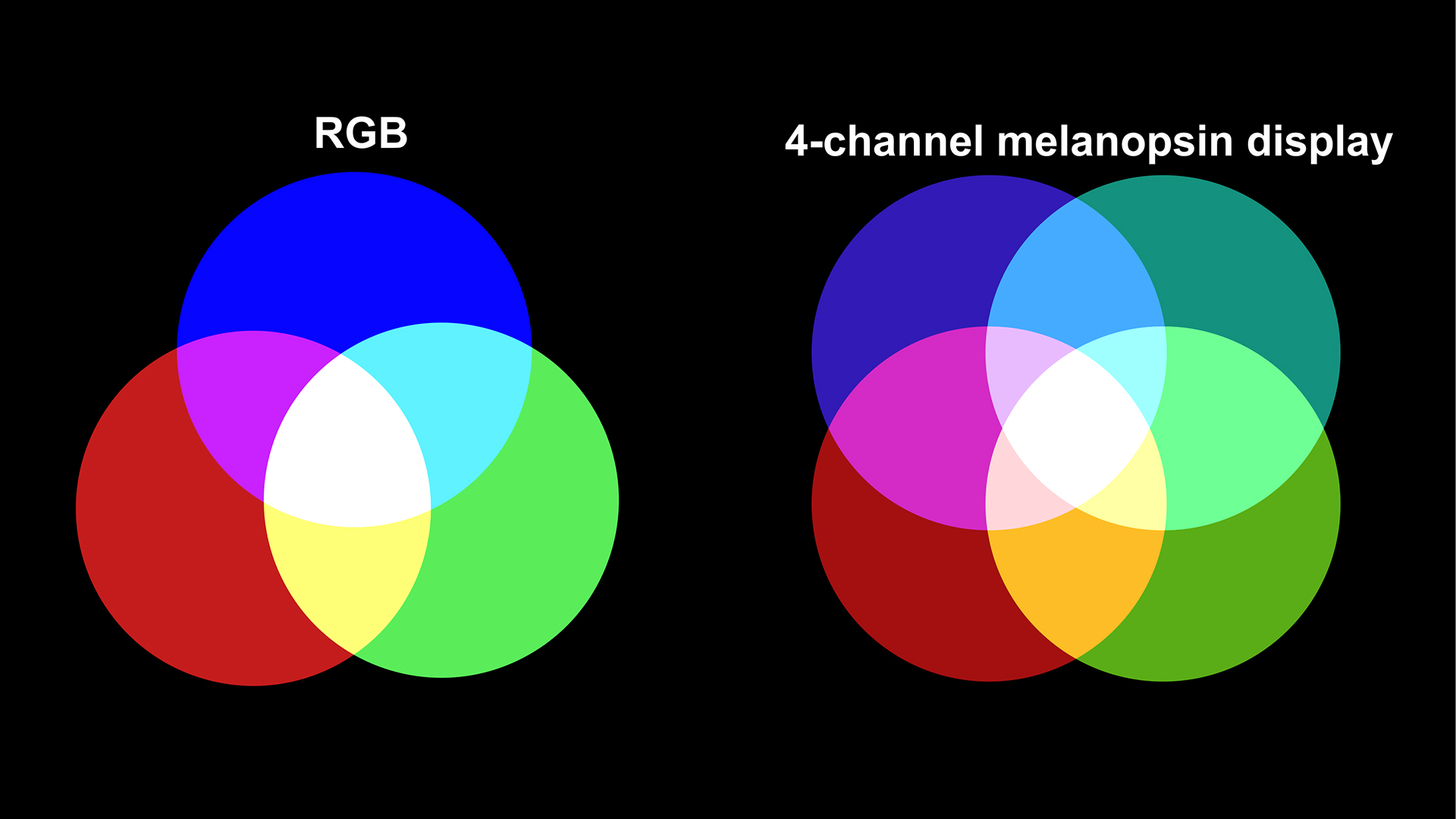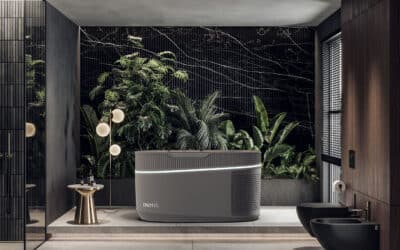A team of academics believe they’ve come up with a “revolutionary” redesign to visual displays to give people a well-earned rest.
The “melanopic display” means that users can control the alerting effects of screen use and can also enhance the visual appearance of screens.
The technology allows the amount of cyan light in images to be altered, while keeping colours true. Traditionally, displays are made up of red, green and blue, which match up with 3 types of photoreceptors in our eyes.
The team, led by Professor Rob Lucas and Dr Annette Allen from The University of Manchester, added a fourth primary colour, cyan, which controls melanopsin cells in the eye, which detect light, normally in the daytime.
When the cyan light was turned up, the eleven participants in the trial felt more alert; when turned down, they felt more sleepy.
“This outcome is exciting because it that tells us that regulating exposure to cyan light alone, without changing colour, can influence how sleepy we feel,” explained Professor Lucas.
“Our study also shows how we can use that knowledge to provide a next generation of visual displays.
“We built our melanopic display by adapting a data projector, but we would expect that this design could be applied to any type of display.”

